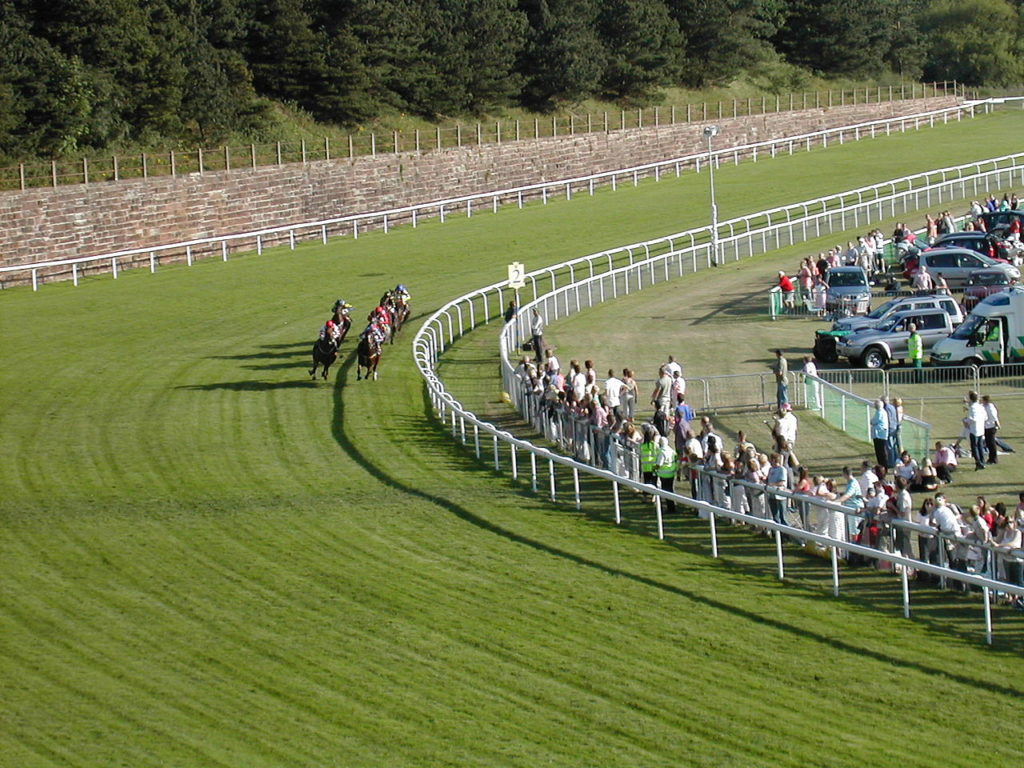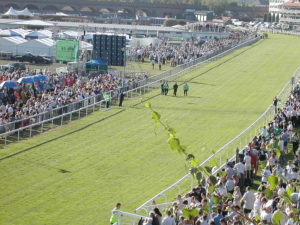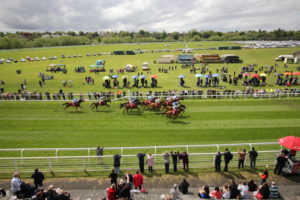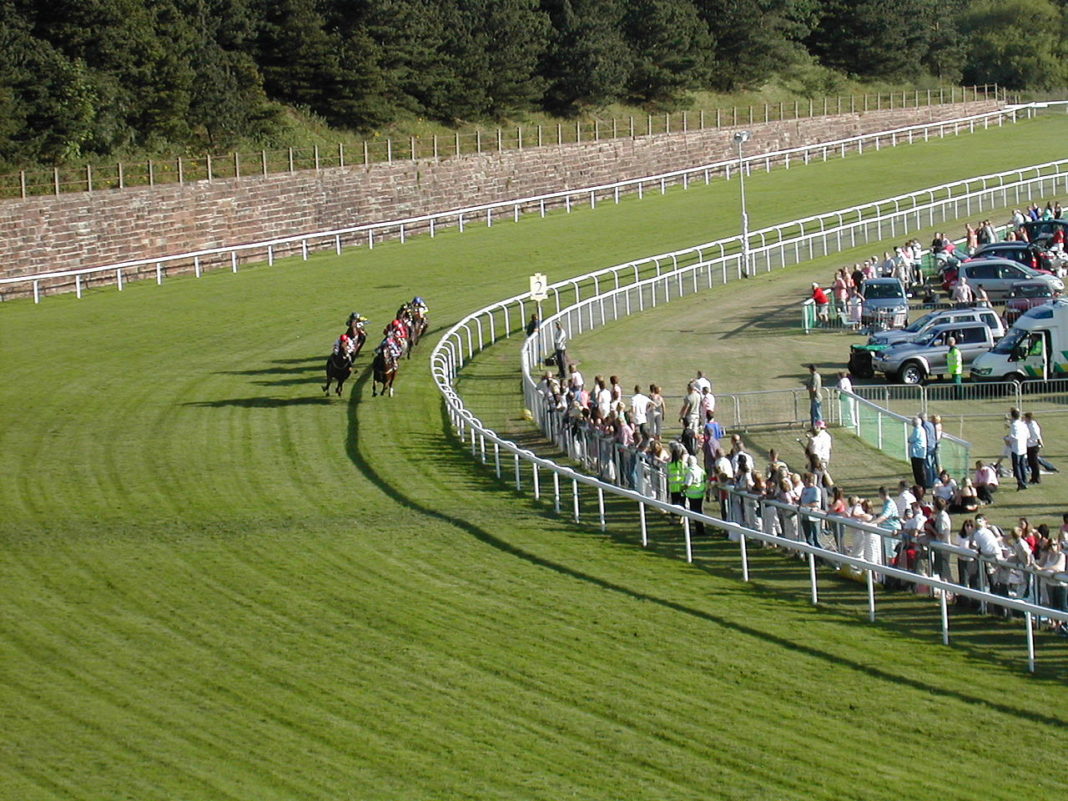Chester Racecourse, also known as the Roodee, is a racecourse located in Chester, England. The horse racing venue is the oldest racecourse still in operation. Horse racing in Chester dates back to the early sixteenth century, with 1539 cited as the year racing began, although some sources give a date of 1512 for the first races in Chester. It is also thought to be the smallest racecourse of significance in England at 1 mile and 1 furlong (1.8 km) long.

The Chester Racecourse site was home to the famous and bloody Goteddsday football match. The game was very violent and, in 1533, banned by the city, to be replaced in 1539 by horse racing. The first recorded race was held on 9 February 1539 (although other sources list this as 10 January 1511 and some as 1512) with the consent of Mayor Henry Gee, whose name led to the use of the term “gee-gee” for horses. Races originally took place on Goteddsday (Shrove Tuesday) until 1609, and thereafter on St George’s Day, both major festivals during the medieval period. Victors were awarded the “Chester Bells”, a set of three decorative bells for decorating the horse’s bridle, for winning a race five times round the “roody” and from 1744 the “Grosvenor Gold Cup”, a small tumbler made from solid gold (later silver). In 1745, the meeting became a four-day one, with one race on each day. In 1766 a May Festival was introduced, and in 1824, the Tradesmen’s Cup Race (the predecessor to the Chester Cup) was also introduced.

The racecourse’s position in the city makes race meetings at Chester very popular as it is only a very short stroll to all the hotels, bars, shopping, and restaurants. The racecourse itself is just over 1 mile (1.6 km) long, flat, and raced anti-clockwise or left-handed. The main characteristic of the course is the very short straight (219 m). As such, long-strived horses, which perform better on straights, are at a distinct disadvantage.

According to Wikipedia; chester-races















